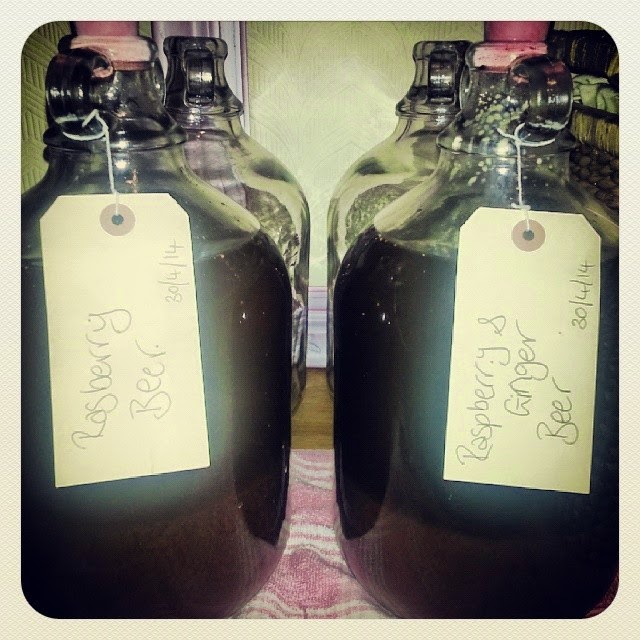
The second in the series of spotlights on the best breweries around centres on the
Franciscan Well brewery based in Cork, Ireland. I stumbled across them quite by accident as i went for an impromptu meal at Indigo Yard at Edinburgh with my Wife and found some of their beers on Tap. I tried a pint of their Friar Weisse which is a German style wheat beer - and an incredibly tasty example of one. The menu suggested that the brewers paid particular attention to the German Beer Purity Laws and from the website i see that the yeast is sourced from the Weihenstephan brewery. This all equates to a very high standard brew. The second i tried was their Rebel Red, a more typically Irish style ruby red ale which i found to have an excellently well balanced delicate flavour without the strong aftertaste you sometimes get with darker ales. These two pints were enough to make me want to find out more.

I got in contact with the brewery and asked a few questions about their set-up. Shane Long the founder of Franciscan Well was very nice and quick to get back to me and here's what he had to say.
Q1: How long have you been brewing and how did you get started?
1998. There was a printing works behind the bar which had a manufacturing licence. when we were looking into what business would suit in order to keep the planning permission of this we came upon the idea of a micro brewery
Q2: How much do you produce and where can people get your beers?
Throughout all of Ireland both north and south and selected bars in London and Edinburgh
Q3: What brews are your most popular and have you noticed any changing trends in demands from consumers?
Our chieftain Irish pale ale and rebel red ale. The Chieftain came about from listening to what our customers wanted in a pale ale. trends are always changing and we move with them an example would be our Jameson stout which is aged in jameson whisky casks. This received a gold award at the international beer challenge last year
Q4: How do you approach the creation of a new beer? Is there a characteristic that is typical of your brews?
Always ensure the malt base is right, once i am happy with that we then play with various hops. As we have a bar attached we go to our customers to see what they would like us to create next
Q5: Do you brew for what you feel there’s a market for or do you create for your own palate?
again this is all down to what the customer wants
Q6: Where do you see your brewery in five years time?
in a slightly larger brewery and being able to meet the demand both domestic and export
Q7: Have you had any brewing disasters?
no thank god
Q8: Do you have any tips for home brewers?
think outside the box. dont be afraid to try anything we recently did a beer with rosemary and clementines
You get the impression from the website and the answers above that there is a real sense of pride in producing beers that really satisfy the customer. Their commitment to the highest standards of ingredients and a willingness to experiment should make for some interesting brews in the future. I really love how they've integrated the pub side of things to the brewery. Using that instant feedback of customers in the pub to inform their brewing, ensures that the standard is always going to be high. I'll definitely be thinking of a visit to Cork to see the place for myself in the future and i really hope they are able to expand so that more and more people can enjoy their beers.
 Appearance: Very light coloured, a truly white ale, very clear and bubbly. Looks like its going to be very refreshing.
Appearance: Very light coloured, a truly white ale, very clear and bubbly. Looks like its going to be very refreshing.









